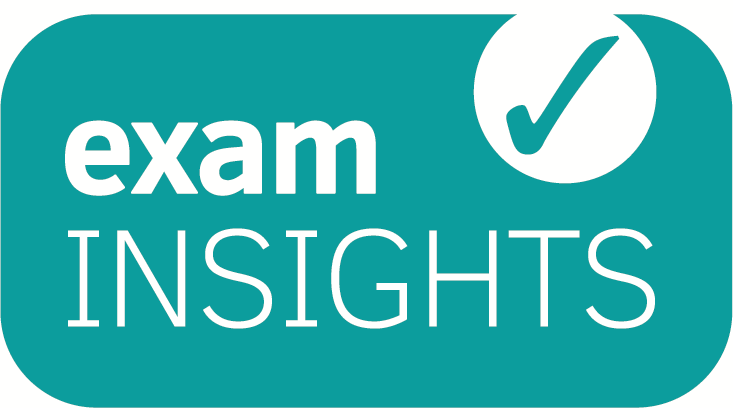Author: Gwen Nelson
The literature NEAs involve a comparison of different texts, linked via a theme, form, or authorial method with application of literary criticism. It is a demanding piece of work which is worth 20% of the A-Level as a whole. There are varying approaches across Centres, with some choosing to use one common text for a whole cohort, while students can then choose what to compare the common text to. Other Centres offer students a freer rein. Regardless of the approach, Centres must make sure the texts chosen to offer sufficient challenge to stretch the most able students, fulfils the ‘independent’ nature of the NEA, and that the wording of the NEA essay title enables the students to hit all AOs successfully. The report is largely positive, but offers much useful advice about text selection, wording of tasks, and which AOs were most successfully met across the national cohort.
NEA: Independent Critical Study
This report is structured quite differently, as it addresses each assessment objective related to the NEA in turn.
The most useful question to consider when it comes to student and teacher selecting texts and devising essay questions is: Do the text choices enable the student to achieve across all assessed assessment objectives? It was clear in this report that success in the NEA was very much dependent on well selected texts, and a focused enough title, which enabled the student to achieve well in all AOs.
AO5 – exploring literary texts informed by different interpretations
The most useful observations here were about the way in which a text can be interpreted – either descriptive (merely focusing on content), or considering the varied ways in which texts can be read and interpreted. The latter view is preferred here. Another key message is to not allow your NEA to get swamped by autobiographical information, as this will lead you away from viewing the text as a literary construct, and instead, view it as an extension of the writer’s personality.
AO4 – exploring connections across literary text
These connections must not be forced or contrived, but instead emerge naturally from close examination of your chosen texts. It is also better to integrate these connections into the discussion of your texts, rather than take the ‘bolt-on’ approach. A successful way to do this is to focus on the typicality, or a-typicality of each texts’ genre.
AO3 – Understanding of different contexts
As with AO4, discussion of context is best done when it is what emerges naturally from the texts themselves. It is more useful to refer to it when it ads layers of meaning to your interpretation of your text. Again, explicit awareness of your texts literary genre can work well here, but NOT if you produce a lengthy and irrelevant over-view of a literary movement e.g. the Gothic, or the Romantics without connecting to your own essay title, or chosen text. This approach frequently leads to feature spotting, description, and re-narration, ergo low mark bands.
AO2 – analysing ways meaning are shaped.
Moderators noticed that students achieved well in this AO, when close attention was paid to voice, form and structure of their chosen texts. However, students seemed to lack confidence in discussing narrative methods, and some NEAs were too often reduced to a litany of feature spotting in relation to this AO. An authorial method is worth discussing and focusing on when you can clearly discuss how it shapes meaning in the text. As with the section on Prose above, never discuss the fictional world, or the characters that inhabit it as ‘real’. Furthermore, do not ‘translate’ a quotation for an examiner. You are wasting your own time, and theirs.
AO1 – articulating responses to literary texts
This AO is all about the quality of the student response. Is the NEA well structured? Is it structured in such a way that enables the student to address all AOs assessed in this piece of work? Does the meta-language (terminology) help, or hinder the student in terms of the clarity of the NEA? Does it enable students to construct debate and argument? Does the student keep their chosen essay focus at the forefront of discussions in the NEA?
If you’re aiming for the top band, please take note of this. Moderators will not be impressed by overly ornate and convoluted syntax. All this really does is cloud YOUR meaning, and your argument becomes almost impossible to follow. Clarity and brevity is much preferred to phrasing that is the linguistic equivalent of ‘pea-cocking’.
Disappointingly, quotation use was an area that left examiners underwhelmed. Too often the quotations used were inaccurate, and arbitrarily used. The strongest NEAs had carefully and sharply selected quotations, and, this is SO important, indicated exactly where the quotation was from in their text. While I am currently teaching Hamlet (exam text) to my new Yr 12 Literature class I am taking great pains to model how a Shakespeare quotation should be written, by explicitly using the character’s name, Act No., Scene No., line number(s) after the quotation when we discuss on in class.
✅ Read more on Exam insights here
✅ Additional resources can be found on our English Revision support page
